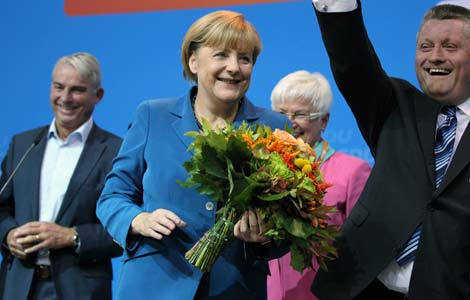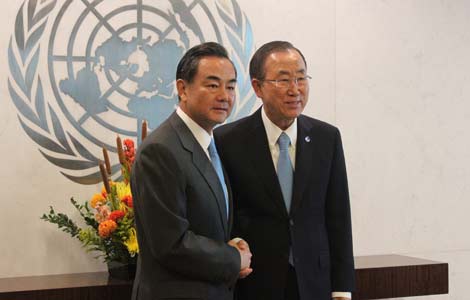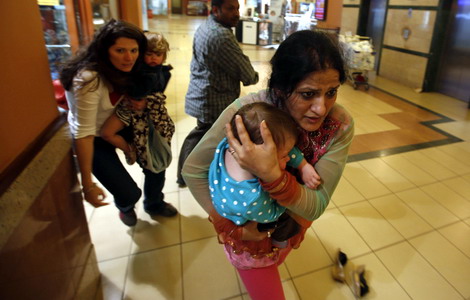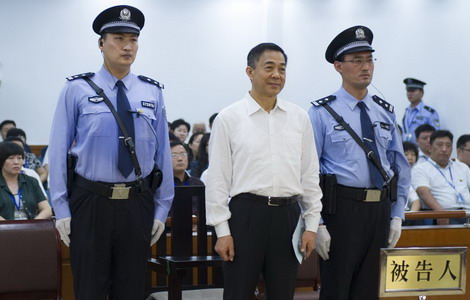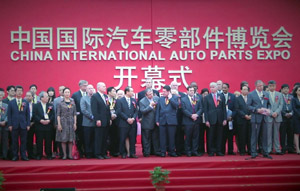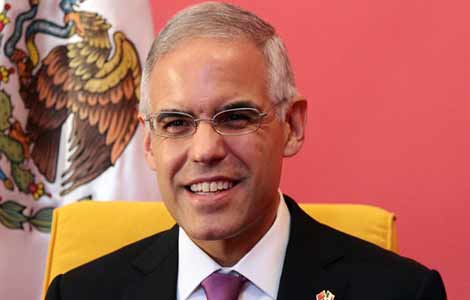FTZ pilot area details to be delayed
Updated: 2013-09-17 23:48
By WEI TIAN in Shanghai (China Daily)
|
||||||||
It could be months before reform guidelines are put into effect
The Shanghai Free Trade Zone will be officially launched later this month but investors may have to wait for another couple of months before detailed reform guidelines are released, according to experts close to the matter.
Kuai Zhenxian, chief economist with Shanghai Waigaoqiao Free Trade Zone Development Co, said at a conference in Shanghai on Tuesday that the much-expected zone would be officially launched on Sept 29.
The 17-square-kilometer Waigaoqiao area is the largest component of the 28 sqm km FTZ and will be a major carrier of the pilot reform. It will carry the same expectations as China’s first opening-up and reforms in late 1970s and when the country joined the World Trade Organization in 2001.
The State Council, China’s cabinet, officially approved the establishment of the Shanghai FTZ in August after the plan was passed by top decision-makers in July.
Shen Danyang, a spokesman with the Ministry of Commerce, confirmed with reporters in Beijing on Tuesday that the legislators have given the green light for a proposal to suspend certain laws in relation to foreign investors in the FTZ for three years to remove investment barriers and reduce approval procedures. The decision will take effect from Oct 1.
However, Kuai said, details of the reform guidelines in the FTZ would not come along with the official launch of the FTZ at the end of September but will be gradually released before the end of this year and into next year.
Chen Bo, an expert on the FTZ with Shanghai University of Finance and Economics, said the detailed plans will involve 98 pilot programs, which will be divided into two parts.
"The first part will not have much content about financial reform," Chen said.
In the meantime, another preparatory measure of the FTZ has also met with resistance.
As requested by the State Council, the FTZ will explore a "negative list" management approach, which will outline restricted sectors. Any sectors not on the list will be free for entry.
According to Kuai and Chen, there are already more than 10,000 items on the negative list, which means more than 10,000 restricted areas. "It will be meaningless to have so many items on the list," Kuai said, while Chen said that the approach need to be reconsidered and might not even be published soon either.
Vivian Jiang, a tax and legal business partner with Delloitte Touche Tohmatsu, estimated that an all-round rollout of reform in the FTZ may come out some time in 2014, after legislation work in the area is complete.
She pointed out that the key to the successful operation of a FTZ will depend on a sound communication and coordination among central government, local government and enterprises. It is also a major challenge for the authorities to make sure the reforms are foreseeable and sustainable.
Despite all challenges, experts still have confidence in the prospects for the Shanghai FTZ.
China is very much forced into FTZ reform because of its domestic economic imbalances and the external pressure such as from the Trans-Pacific Partnership Agreement led by the United States, Chen said.
"If the Shanghai FTZ fails, China’s overall reforms will fail," Chen said. "There is not a blueprint for the Shanghai FTZ... but we should use Singapore and Hong Kong as reference points," he said.
Meanwhile, he said, the financial service sector will be the highlight of the reform. "We will definitely see competition between financial institutions under all kinds of ownership."
In addition, the development of Shanghai FTZ will generate a knock-on effect for surrounding areas. According to Kuai, a shopping mall will be built near the FTZ to display tax-free goods from the FTZ.
An Baohua, an official with the processing trade department at the General Administration of Customs, suggested similar tax-free shops in Hainan, where customers can buy tax-free goods with their air-tickets, can be used as a reference point for the one in Shanghai.
Kuai also said the 315 sq km Lingang area, which is located to the southeast of Shanghai downtown, is making preparations to carry out the next phase of expansion of the FTZ, and major developers including Waigaoqiao are ready to join in the work.
Most Viewed
Editor's Picks

|

|

|

|

|

|
Today's Top News
Verdict for Bo Xilai: Life in prison
Amber alert across Asia, but not red
China signs 12 deals with Venezuela
Russian embassy to Syria shelled
Gunmen holding hostages in Nairobi
Bo Xilai gets life in prison
China braces for super typhoon Usagi
New Sino-US ties sought
US Weekly

|

|

